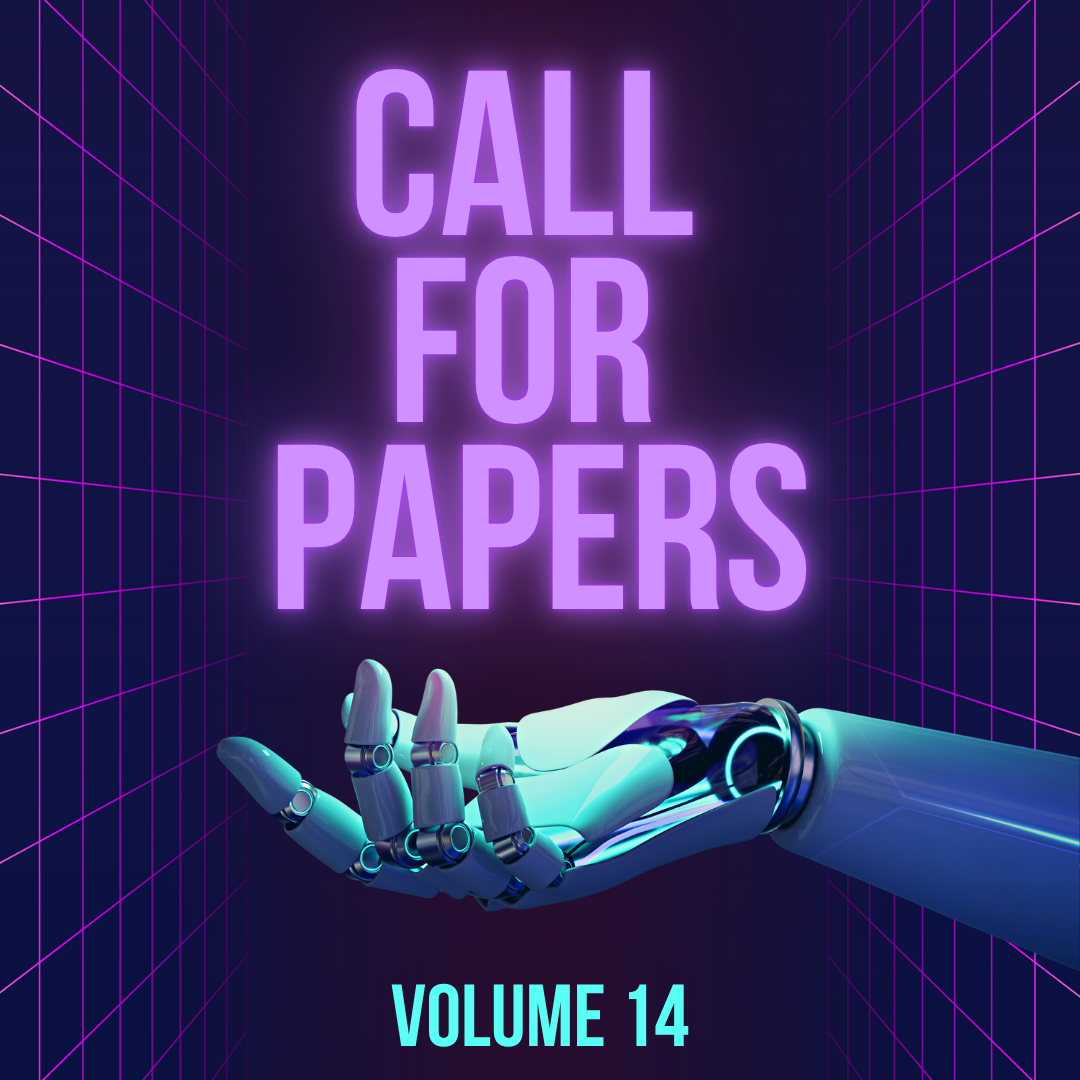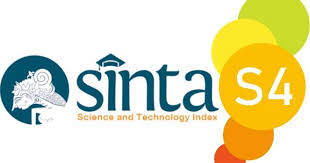Detection of Diabetic Retinopathy Using Convolutional Neural Network (CNN)
Keywords:
Diabetic Retinopathy, Eye Fundus Image, Deep Learning, CNN, VGG-16Abstract
One of the complications of Diabetes Mellitus, namely Diabetic Retinopathy (DR) damages the retina of the eye and has five levels of severity: Normal, Mild, Medium, Severe and Proliferate. If not detected and treated, this complication can lead to blindness. Detection and classification of this disease is still done manually by an ophthalmologist using an image of the patient's eye fundus. Manual detection has the disadvantage that it requires an expert in the field and the process is difficult. This research was conducted by detecting and classifying DR disease using Convolutional Neural Network (CNN). The CNN model was built based on the VGG-16 architecture to study the characteristics of the eye fundus images of DR patients. The model was trained using 4750 images which were rescaled to 256 X 256 size and converted to grayscale using the BT-709 (HDTV) method. The CNN-based software with VGG- 16 architecture developed resulted in an accuracy of 62% for the detection and classification of 100 test images based on five DR severity classes. This software produces the highest Sensitivity value in the Normal class at 90% and the largest Specificity value in the Mild class at 97.5%.



